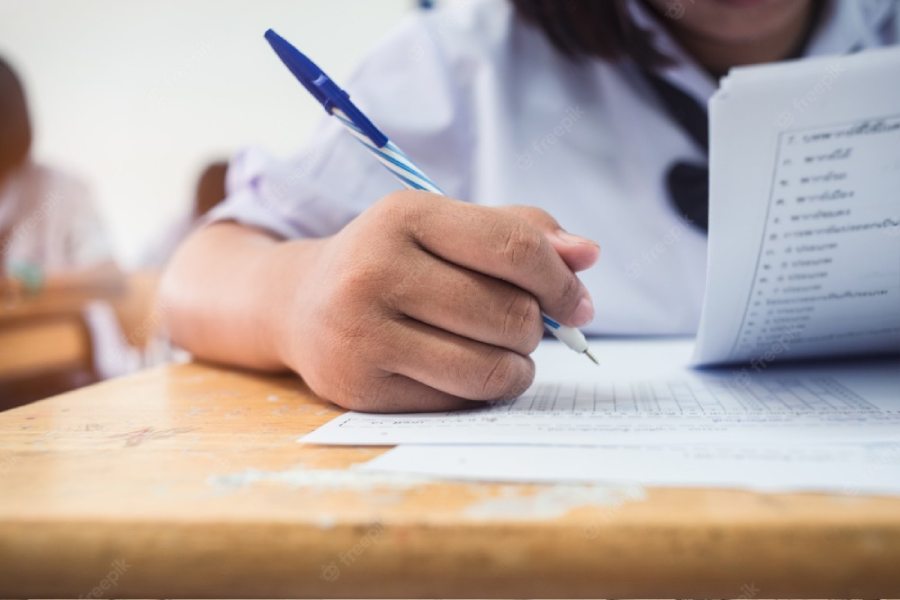Don't be overtly conservative in awarding marks: Bengal higher secondary council to examiners


The state higher secondary council has asked examiners to “shed any unnecessary rigidity” while awarding marks so that board examinees are not “deprived” of the scores they “deserve”.
It has also asked scrutineers in a “special appeal” to make sure that each answer, and each part of an answer, has been properly marked and the total accurately calculated and tabulated.
The apparent reason for the directives is to improve Bengal students’ chances of admission to undergraduate colleges of their choice, where they often lose out to their peers from other boards that are perceived as more generous in awarding marks. The problem was compounded last year by a sharp fall in the number of high performers in the HS exam.
“We have told the examiners to shed any unnecessary rigidity while awarding marks so that the candidates get the marks they deserve. The candidates should not be deprived of marks,” council president Chiranjeeb Bhattacharya said.
An instruction sheet to examiners, signed by Bhattacharya, also says: “It is necessary to check the answer scripts repeatedly so that all the answers given by the candidate have been evaluated and marked correctly.”
In a separate instruction to examiners of the English-language paper, the council has said: “Examiners are requested not to be overtly (sic) conservative in awarding marks…. Award full marks to all deserving answers. In case of grammatical questions, any other correct variant is acceptable.”
To the scrutineers, Bhattacharya has written: “Each answer script should be thoroughly scrutinised.The answer or part of the answer of each question should be properly marked (part-marking) and the total sum (sic), by adding the numbers of each sub-part of answers, should be checked carefully.”
Bhattacharya told The Telegraph: “It has been observed that some scrutineers overlook the part-marking. The students suffer because of this lapse. So we have appealed to the scrutineers to be cautious.”
In a separate set of instructions, the council asked the head examiners to be “cautious” while the marks are tabulated and then entered on the online portal.
Saudipta Das, general secretary of the Collegium of Assistant Headmastersand Assistant Headmistresses, said: “The council has asked the examiners not to be conservative in awarding marks as it wants to keep pace with the CBSE and the ISC council.”
Bhattacharya said: “We are going to start a tatkal service for faster publication of PPR (post-publication review) and PPS (post-publication scrutiny) results.”
The two terms refer, respectively, to a re-evaluation or a scrutiny of an answer script on the examinee’s request after the publication of results.
Bhattacharya said the tatkal scheme would try to get the PPR and PPS results published within a week of receiving the application.
Currently, the publication of PPR and PPS results takes about a month, by when the college admission process is well under way or over.
This newspaper had on May 25 last year reported that the number of high performers in the HS had declined sharply in 2023 comparedwith the previous year despite a rise in the number of examinees.
Last year, the number of students with the highest grade of “O” (90-100 per cent marks in aggregate) had fallen to 7,958 from the previous year’s 47,203.
The number of candidates with an “A+” (80-89 per cent) was down to 44,920 fromthe previous year’s 138,362; and that of students with an “A” (70-79 per cent) had dropped to 87,613 from 153,364 in 2022.
However, the pass percentage had improved marginally last year, from 88.44 in 2022 to 89.25. Also, more students got “B” (50-59 per cent) and “C” (40-49 per cent) compared with the previous year.